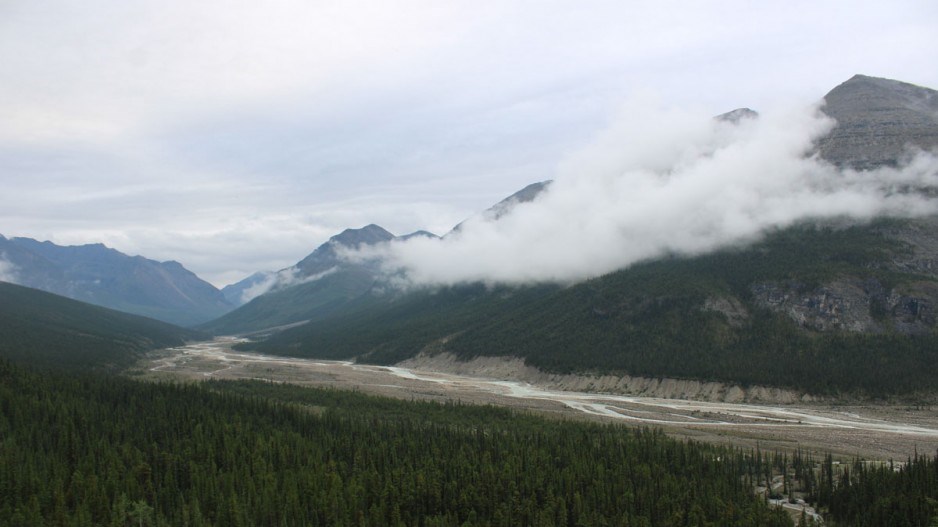The Forest Enhancement Society of BC says they’re providing funding to help protect the Fort Nelson Community Forest, which holds the largest community forest licence in the province, with the funding being used to create a fuel break.
The Fort Nelson Community Forest was formed when the license was awarded to the Fort Nelson First Nation and Northern Rockies Regional Municipality, who have partnered to share 200,000 hectares of timbered land.
The shaded fuel break will address a 20-hectare section of forest, protecting timber assets from wildfire and enhancing potential suppression efforts.
“This project will help the local community have more control over where and how firebreaks and selective reduction of high-risk areas occur next to the community,” said Katherine Wolfenden, community forest board chair, in the release.
“As a new and developing community forest, this project is helping us implement one of our guiding management goals to support and invest in community wildfire prevention initiatives,” she added.
Fuel mitigation is also part of the project, in addition to wildlife enhancement objectives, with a specific focus on protecting and enhancing the boreal caribou ungulate winter range, ensuring the ungulates have access to the habitat they need during the critical winter months.
“Fuel mitigation through selective thinning of trees can help preserve and restore the natural vegetation and forest structure within the Boreal caribou ungulate winter range,” writes Matt Pilszek, Geoterra Forestry and Construction Manager.
“This is important because these animals rely on specific types of vegetation for food and shelter during the winter. Selective thinning techniques can promote the growth of new vegetation in the understory,” he adds.
Last year, Geoterra supervised the Fort Nelson Community Forest Tree Planting Program, and planted 226,440 trees, helping to reforest the area.
The fuel mitigation project will also hire local businesses to complete the work, including forestry contractors, equipment operators, local First Nations land guardians, and service providers.
The community forest harvested approximately 30,000 cubic metres of wood in 2021, the equivalent to 20 Olympic-sized swimming pools. It’s anticipated they will harvest approximately 23,000 cubic metres by the end of 2023.




